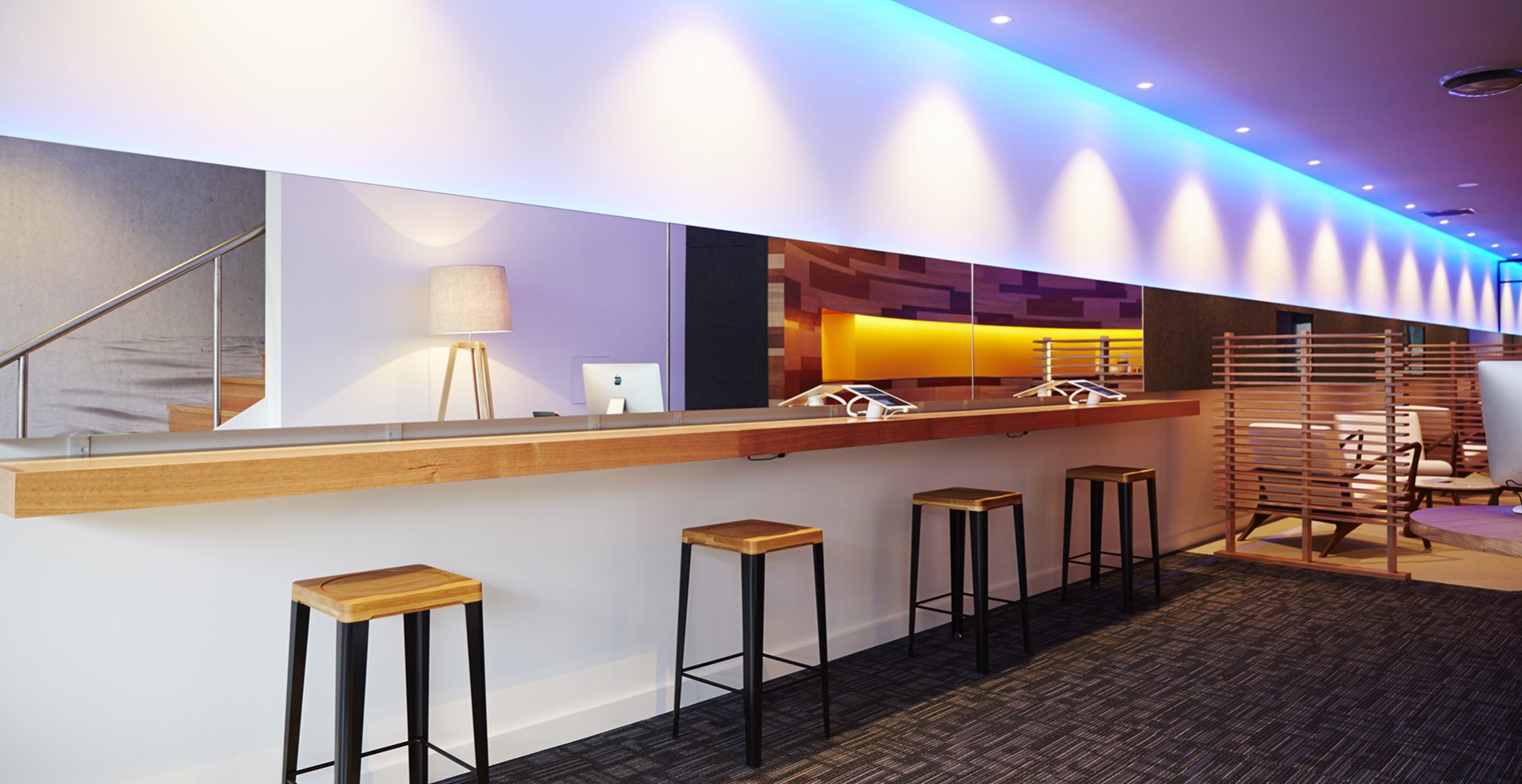
About Stone Logan West
We’re able to achieve great results, faster. With our up-to-the-minute database, we know where and who your current buyers are. We also look ‘further afield’ and find those outside your area with a view to moving in, resulting in more buyer competition and therefore increased sales prices.
Our greater insights lead to a smarter marketing campaign. Rather than a ‘blanket’ approach, we streamline it specifically to your target audience. We’re also able to tailor it as we go along based on our weekly buyer statistics. So rather than a lump-sum payment upfront, you only spend what’s essential – and what works – on your marketing campaign, saving you valuable money.
With our wider network, sharper market-intelligence and aligned goals, our expert sales, marketing and customer-service teams work together to achieve the best result. We’re for prosperity across the board, and it’s why we do what we do, with transparency every step of the way.



































